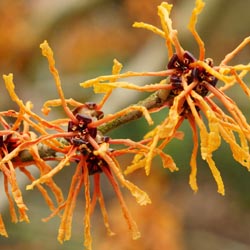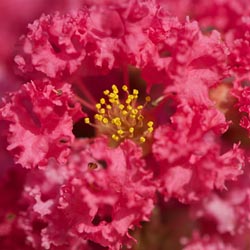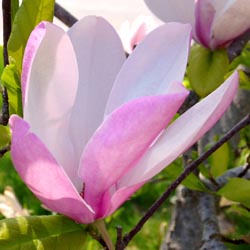Halleluiah, it’s tomato-planting time again! If you’ve grown tomatoes in the past, you most likely have your favorites. If not, just ask! You’ll find some pretty strong opinions regarding tomato choices.
One of the many features you will need to consider when choosing what type of tomato to grow is plant habit. The two main habit classifications are “determinate” and “indeterminate” and are based on fruit use, available growing space and length of growing season. Both habit classifications include fruit selections in a wide variety of color, size, shape and taste.
Determinate
Tomatoes from a determinate plant are produced earlier in the growing season, on terminal ends of a compact bush. This type of tomato generally reaches 3 to 4 feet in height and is easily supported with a tomato cage or may even be self-supporting. Due to its compact habit, it may even be grown in containers. Because all the fruit ripens at the same time, determinate tomatoes are an excellent choice if you plan to can your fruit or make sauce. Determinate classification includes popular varieties like:
“Celebrity” – an eating tomato
“Roma” – a paste tomato
“Patio” – a dwarf selection
“Baby Cakes” – a cherry tomato
“Carolina Gold” – extra large, yellow fruit
Indeterminate
Indeterminate tomato plants will fruit along the entire length of the stem over a longer period of time, in fact continually, until frost. Smaller amounts of fruit ripening regularly throughout the growing season makes an indeterminate tomato plant and excellent choice if you can not cook or consume a large quantity of this perishable fruit all at one time. Indeterminate tomato plants are vines, requiring proper pruning and support, to reach their ultimate height of 8 feet or more. Indeterminate classification includes popular varieties like:
“Amish Paste” – heirloom, paste tomato
“Beefmaster” – extra large sandwich tomato
“Better Boy” – juicy but firm, compact vine with shorter internodes
“Black Krim” – deep color, rich flavor
“Chocolate Cherry” – cherry, chocolate red in color








